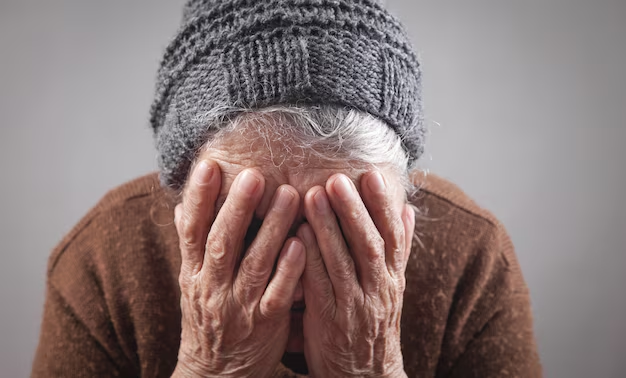Could You Have Parkinson's Disease? Here's What to Consider
You’ve started to notice your hand occasionally shakes, or perhaps you've experienced a subtle yet persistent stiffness in your movements. Could this mean Parkinson's disease is on the horizon? Understanding the signs is crucial, but so is knowing the steps you can take if these symptoms are affecting your quality of life.
Recognizing the Signs
While tremors are the hallmark of Parkinson’s disease, they aren't the only indicators. Here are some key symptoms to watch out for:
- Tremors: Commonly in the hands or fingers, these can occur at rest.
- Bradykinesia: A noticeable slowness in movement that can make everyday tasks challenging.
- Rigid muscles: Muscle stiffness can occur in any part of your body and can be painful.
- Impaired posture and balance: You might experience balance difficulties or posture changes over time.
- Loss of automatic movements: Reduced ability to perform unconscious movements, such as blinking or smiling.
- Changes in speech: Speaking softly, quickly, or even slurring can be notable signs.
- Writing changes: You might notice it becomes difficult to write, or the writing becomes smaller over time.
It is essential to remember that having one or more of these symptoms doesn’t necessarily mean you have Parkinson’s. Various other conditions can mimic these symptoms, so consulting with a healthcare professional is the most reliable course of action.
Next Steps if You Suspect Parkinson's
If you have concerns, the first step is to see a neurologist, who can provide a more definitive diagnosis through a combination of medical history, symptoms, and neurological tests. Early diagnosis can help manage the condition more effectively, allowing you to maintain a better quality of life through medication, therapy, and lifestyle adjustments.
Exploring Financial and Support Resources
After a diagnosis, however, dealing with Parkinson’s often goes beyond health care. Treatment and required changes can have significant financial implications, prompting the need for exploring different resource avenues:
Government Aid: Programs such as Social Security Disability Insurance (SSDI) and Medicare can provide financial support for individuals diagnosed with Parkinson’s disease. These programs can help offset medical expenses and ongoing treatment costs.
Financial Assistance Programs: Non-profit organizations offer various forms of support, including financial aid for medications and therapies not fully covered by insurance plans.
Debt Relief Options: Managing financial burdens while simultaneously dealing with health concerns can be overwhelming. Credit counseling services or debt management programs can offer relief by helping you organize and prioritize your finances.
Medication Assistance: Pharmaceutical companies often have assistance programs for those struggling to afford their medication. This can help manage Parkinson's treatment costs more effectively.
Educational Grants and Opportunities: For those with Parkinson’s who want to continue education or training for new career paths, there are grants and funding options available. Look for scholarships aimed at helping individuals with disabilities advance their professional skills.
Coping with Parkinson’s involves addressing both the physical and financial aspects. With the right information, you can navigate this path with a sense of empowerment. Remember, you are not alone, and numerous resources and communities can provide support.
Resources at a Glance
- 📑 Social Security Disability Insurance (SSDI): Financial aid for those unable to work.
- 💊 Medication Assistance Programs: Help with covering prescription costs.
- 💼 Debt Counseling Services: Assistance in managing debts effectively.
- 🎓 Educational Grants: Funding opportunities for continuing education or retraining.
- 🏥 Medicare & Medicaid: Health insurance programs for additional support.
Taking these steps not only helps manage the symptoms of Parkinson's but also ensures you have the financial support needed to maintain a meaningful and productive life.

Related Topics
- Are There Environmental Causes Of Parkinsons
- Can Alcohol Cause Parkinson's
- Can Concussions Cause Parkinson's
- Can Concussions Cause Parkinson's Disease
- Can Dogs Get Parkinson's Disease
- Can Dogs Get Parkinsons
- Can Dogs Have Parkinson's
- Can Dogs Have Parkinson's Disease
- Can Females Get Parkinson Disease
- Can Head Trauma Cause Parkinson's